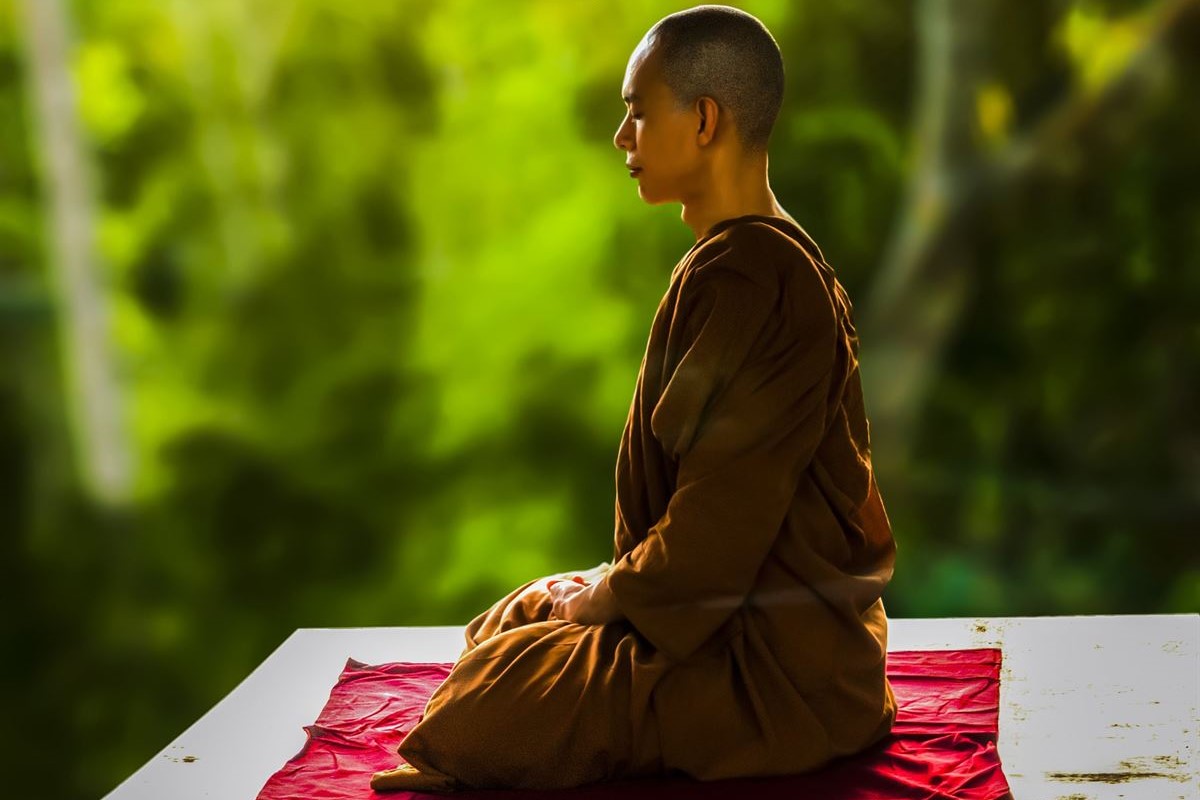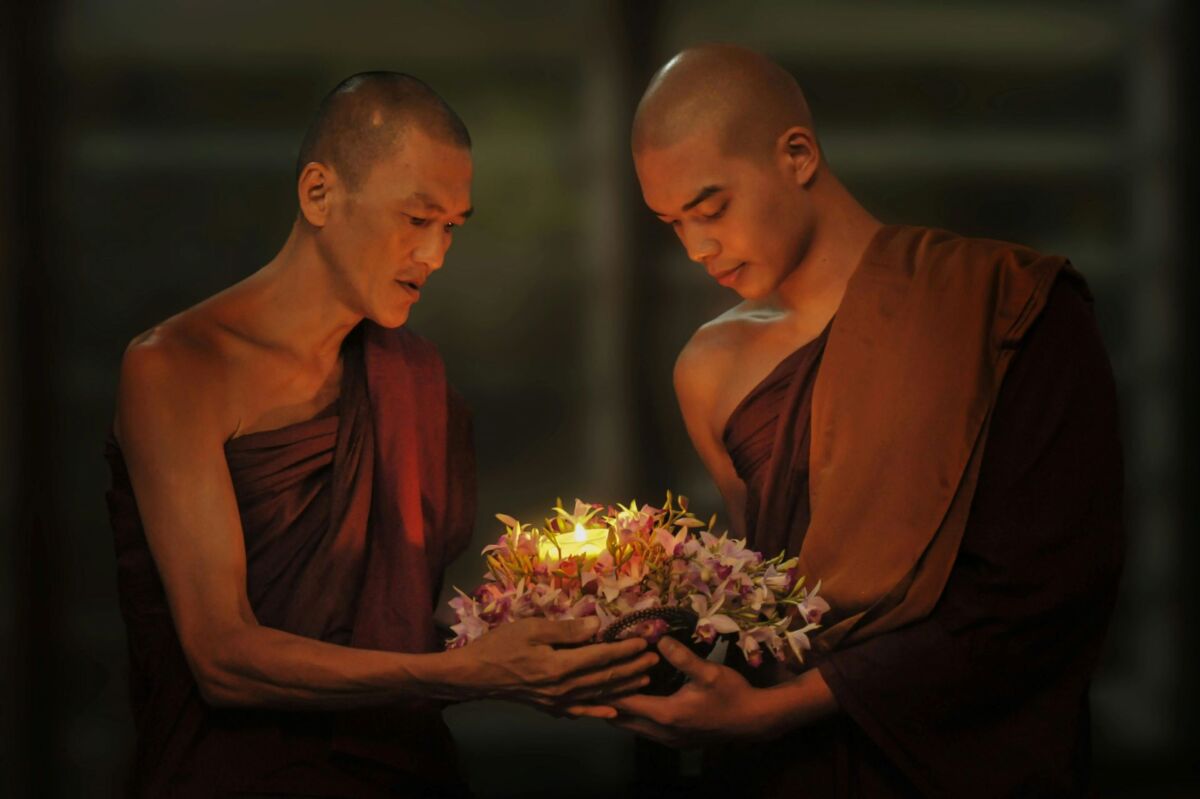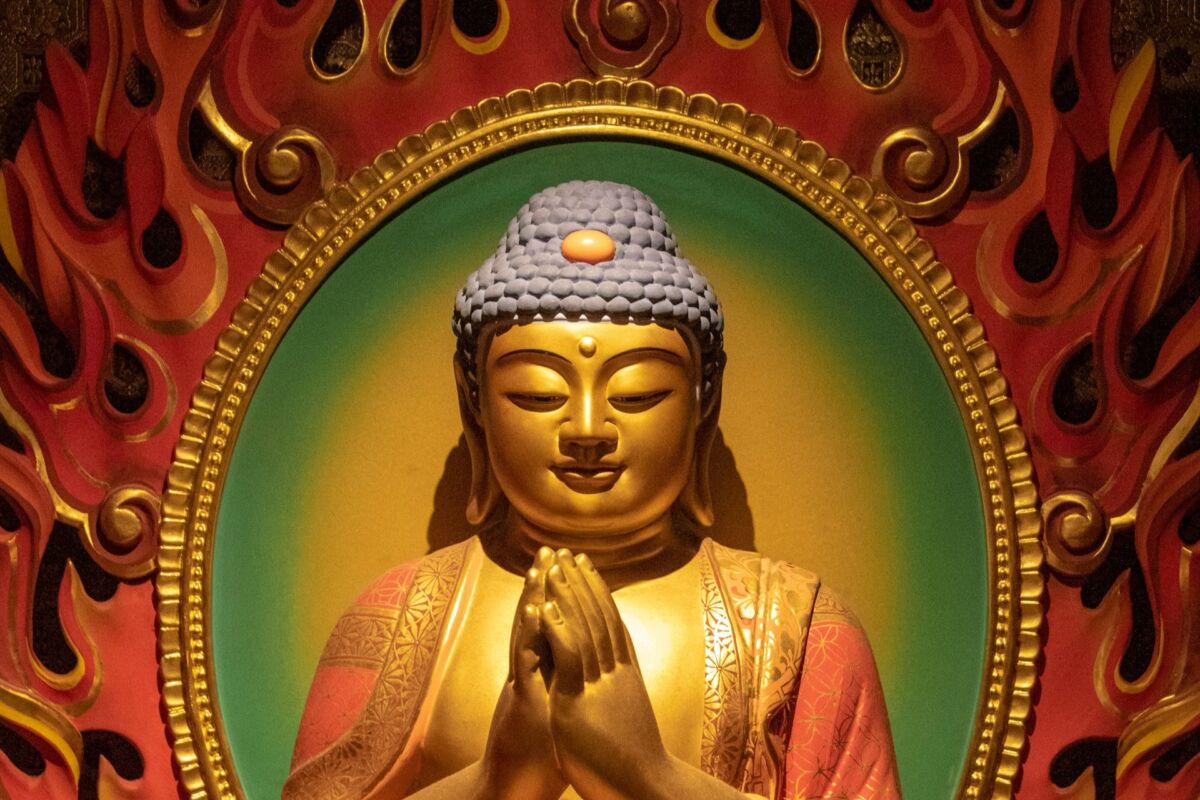We may practice meditation, but the sense of inner peace it provides is often difficult to put into words.
Everyone has a different experience while sitting in silence, alone with their thoughts. Perhaps for this reason, there are many modern interpretations of this ancient practice.
But in Buddhism, the word bhavana, which we translate as “meditation,” has a very specific meaning. This is what scholar-monk Walpola Rahula (May 9, 1907–September 18, 1997) explores in a portion of his book What the Buddha Taught. He writes:

FREE Self-Test: How Spiritual Are You?

The word meditation is a very poor substitute for the original term bhāvanā, which means ‘culture’ or ‘development’, i.e., mental culture or mental development. The Buddhist bhāvanā, properly speaking, is mental culture in the full sense of the term. It aims at cleansing the mind of impurities and disturbances, such as lustful desires, hatred, ill-will, indolence, worries and restlessness, sceptical doubts, and cultivating such qualities as concentration, awareness, intelligence, will, energy, the analytical faculty, confidence, joy, tranquility, leading finally to the attainment of highest wisdom which sees the nature of things as they are, and realizes the Ultímate Truth, Nirvāṇa.
Complement this definition of meditation from What the Buddha Taught with our guides on how to practice breathing meditation and how to practice lovingkindness meditation.

FREE mindfulness resources for stress relief
I’m a freelance writer and mindfulness advocate behind this blog. I started my meditation practice in 2014, and in 2017 I launched this website to share what I learn with others. Here are the three things you can do here:
1. Schedule a free consult if you want to learn Buddhist meditation.
2. Download free mindfulness resources for stress relief
3. Join Patreon for exclusive content and community meetings.









